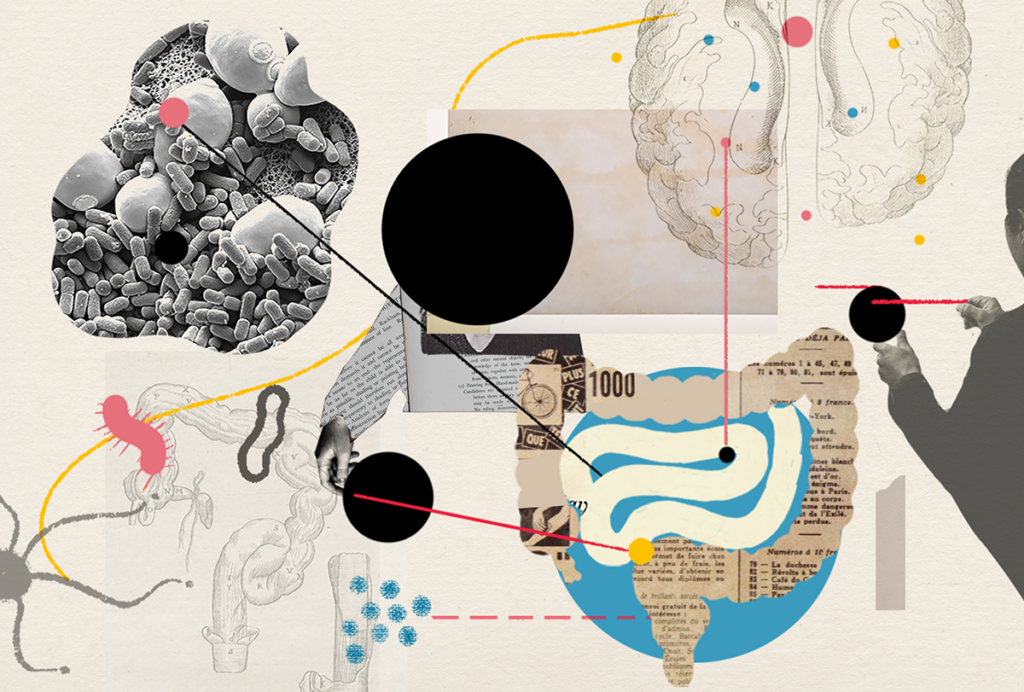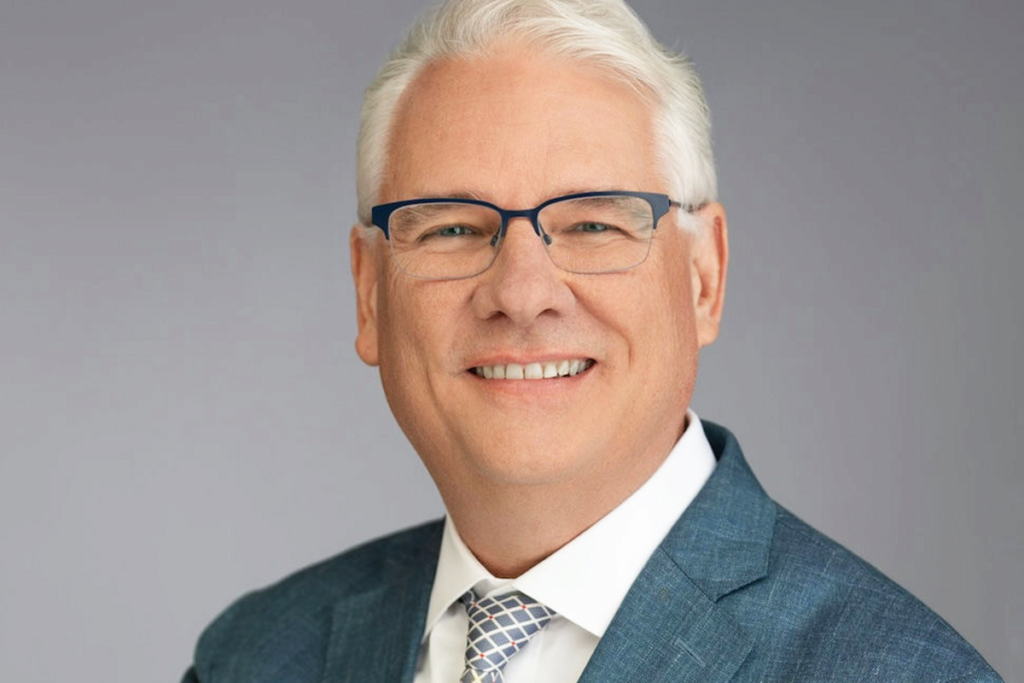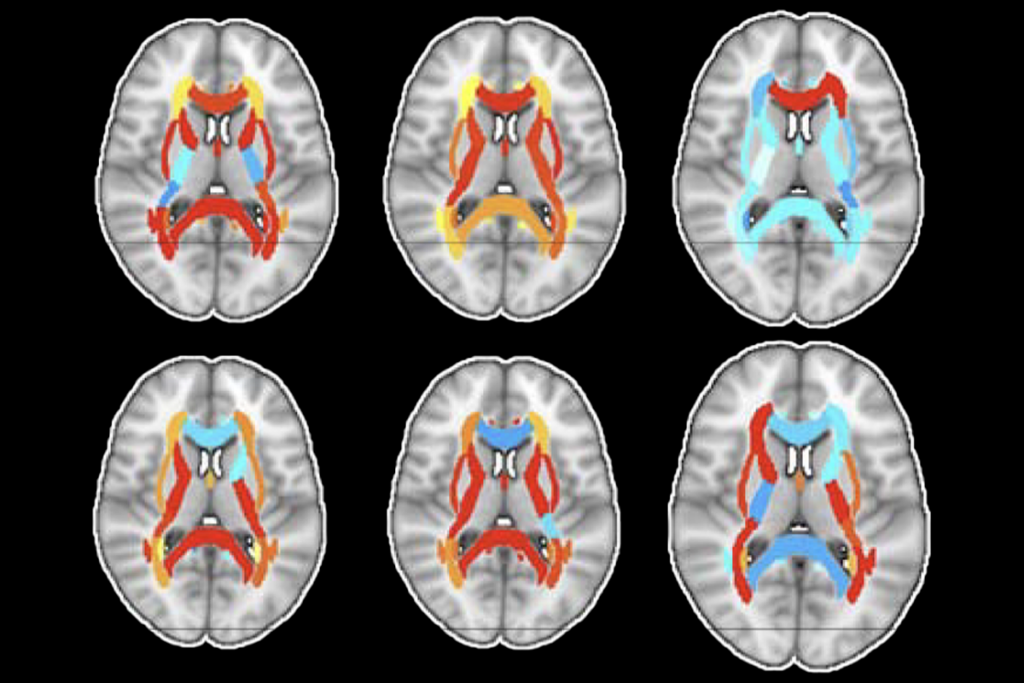Engineering myths
Wherever there are unexplained phenomena, there are sure to be powerful myths to explain them that take root in the collective imagination.
Wherever there are unexplained phenomena, there are sure to be powerful myths to explain them that take root in the collective imagination. Autism has generated more than its share of those, but which ones go beyond myth?
Here’s one that I find particularly fascinating: that people who are scientists or engineers are more likely to have children with autism than are those in other occupations. This idea is loosely based on a 1997 study in the San Francisco Bay Area, understandably leading to some panic among the Silicon Valley population.
The premise is compelling: men and women who are both engineers meet and mate — as they could not in the old days — loading their offspring with “systemizing” (as opposed to “empathizing”) genes, and leading to the “extreme male brain” associated with autism.
A new study has done a more careful review of 284 children with autism and 659 gender-matched controls born in 1994 in the San Francisco Bay Area and found that, in particular, mothers who work in a highly technical field — defined as engineering, science or computer programming — are more likely to have children with autism. The researchers didn’t find a risk for the fathers, or even a joint risk for the parents.
The investigators themselves say there is a lot more research needed to flesh out this association, and to explain its effect. But in the meantime, there is plenty of anecdotal evidence to keep the theory alive.
There is much speculation these days about whether scientists like Albert Einstein had some form of the disorder. And I’ve had more than one National Institutes of Health scientist whisper to me that many of their colleagues, and their colleagues’ children, would easily meet the criteria for autism. This is the stuff of legend.
Recommended reading

Going against the gut: Q&A with Kevin Mitchell on the autism-microbiome theory
Explore more from The Transmitter

Neurophysiology data-sharing system faces funding cliff

A change at the top of SfN as neuroscientists gather in San Diego


